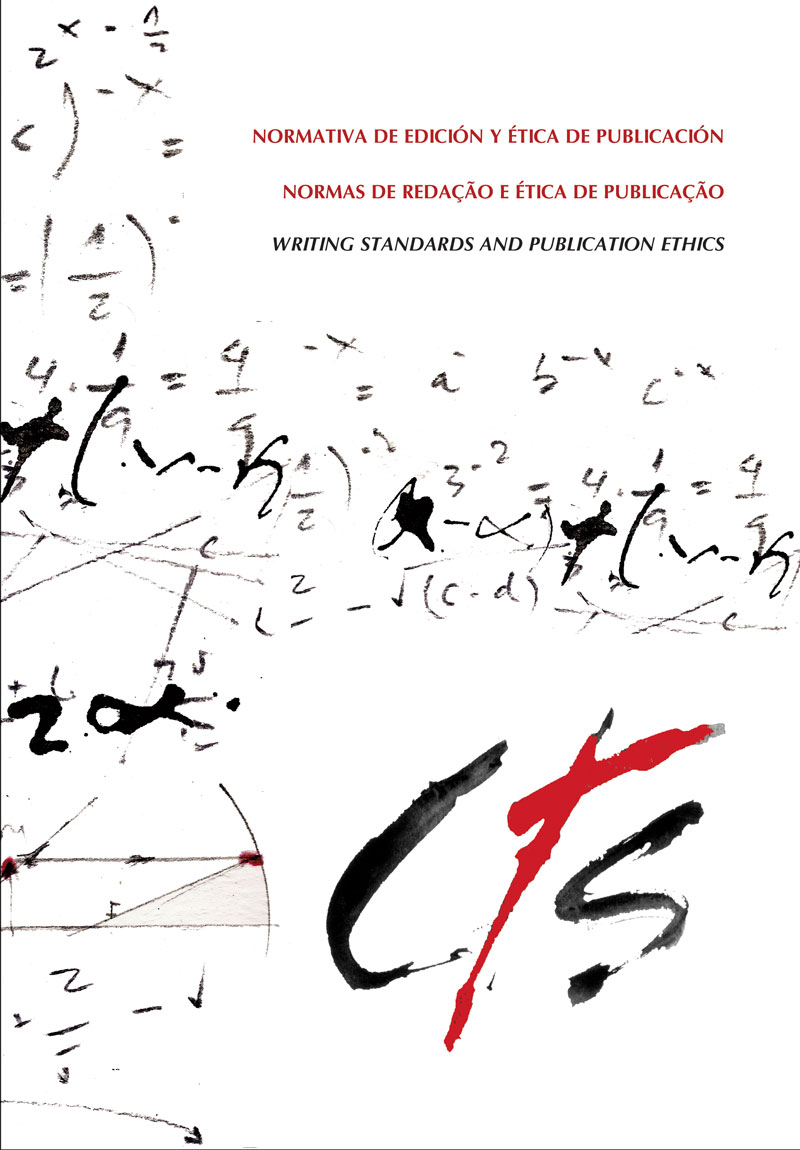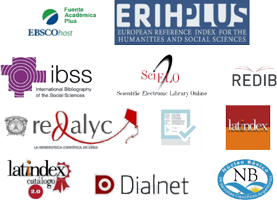Artificial Intelligence and Biases
Predicting Adolescent Pregnancy in Salta
DOI:
https://doi.org/10.52712/issn.1850-0013-359Keywords:
artificial intelligence, machine learning algorithm, biases, value neutrality, public policiesAbstract
Faced with the rhetoric of an efficient and free of prejudice artificial intelligence (AI), this article discusses why this popular vision is inadequate and examines some of its shifts in the design of public policies. Firstly, we argue that it is impossible –in principle– to propose a value-neutral AI, based on what has been indicated by some canonical and contemporary philosophical contributions. In the second section we analyze a case that clearly illustrates the value burden that gravitates on AI. This will lead us to investigate, in the third section, the different levels at which biases can have an influence on AI. Our main objective is to unveil the paradox related to how the application of AI in public policies and private spheres, far from being a tool to combat structural inequalities, ends up consolidating harmful scenarios for vulnerable populations.
Downloads
References
Albino, A (2010). Gobernar es poblar. Criterios antropológicos y éticos para una correcta educación sexual. Buenos Aires: Ediciones Logos.
Burgues, C. J. C. (2010). From RankNet to LambdaRank to LambdaMART: An Overview. Microsoft Research Technical Report MSR-TR-2010-82. Recuperado de: https://www.microsoft.com/en-us/research/wp-content/uploads/2016/02/MSR-TR-2010-82.pdf
Carroll, W. (2001). I, Toto: The Autobiography of Terry, the Dog who was Toto. Nueva York: Abrams.
Danesi, C. C. (2021). The Impact of Artificial Intelligence on Women’s Rights: A Legal Point of View. En K. Miller & K. Wendt (Eds.), The Fourth Industrial Revolution and Its Impact on Ethics. Sustainable Finance (267-282). Cham: Springer.
DEIS (2017). Estadísticas vitales 2017. Buenos Aires: Ministerio de Salud de la Nación. Recuperado de: http://www.deis.msal.gov.ar/wp-content/uploads/2019/01/Serie5Nro61.pdf
Dewey, J. (1929). The Quest for Certainty: A Study of the Relation of Knowledge and Action. Londres: Allen & Unwin Ltd.
Haraway, D. (1985). Manifesto for Cyborgs: Science, Technology, and Socialist Feminism in the 1980s. Socialist Review, 80, 65–108.
Haraway, D. (2019). Seguir con el problema. Generar parentesco en el Chthuluceno. Bilbao: Consonni.
Latour, B. & Woolgar, S. (1979). Laboratory Life: The Social Construction of Scientific Facts. Los Angeles: Sage.
LIAA (2018). Sobre la predicción automática de embarazos adolescentes. Laboratorio de Inteligencia Artificial Aplicada (LIAA). Buenos Aires: Universidad de Buenos Aires. Recuperado de: https://liaa.dc.uba.ar/es/sobre-la-prediccion-automatica-de-embarazos-adolescentes/
Longino, H. (1990). Science as Social Knowledge: Values and Objectivity in Scientific Inquiry. Princeton: Princeton University Press.
Martínez Elebi, C. (2020). Inteligencia artificial y salud. Buenos Aires: Centro de Estudios en Tecnología y Sociedad (CETyS). Recuperado de: https://cetys.lat/inteligencia-artificial-y-salud/
Mallimaci, F., Giménez Béliveau, V., Esquivel, J. C. E. & Irrazábal, G. (2019). Sociedad y Religión en Movimiento. Segunda Encuesta Nacional sobre Creencias y Actitudes Religiosas en la Argentina. Informe de Investigación 25. Buenos Aires: CEIL-CONICET. Recuperado de: http://www.ceil-conicet.gov.ar/wp-content/uploads/2019/11/ii25-2encuestacreencias.pdf
Microsoft (2018). Avanza el uso de la Inteligencia Artificial en la Argentina con experiencias en el sector público, privado y ONGs. Blog News Center Microsoft Latinoamérica. Recuperado de: https://news.microsoft.com/es-xl/avanza-el-uso-de-la-inteligencia-artificial-en-la-argentina-con-experiencias-en-el-sector-publico-privado-y-ongs/
Ortiz Freuler, J. & Iglesias, C. (2018). Algoritmos e Inteligencia Artificial en Latinoamérica: un estudio de implementaciones por parte de Gobiernos en Argentina y Uruguay. Washington: World Wide Web Foundation.
Página 12 (2018). La inteligencia artificial de Urtubey. 11 de abril. Recuperado de: https://www.pagina12.com.ar/107412-la-inteligencia-artificial-de-urtubey
Pasquinelli, M. & Joler, V. (2021). El Nooscopio de manifiesto. laFuga 25, pp.1-20.
Pedace, K., Balmaceda, T. Pérez, D. Lawler, D. Zeller Echenique, M. (2020). Caja de herramientas humanísticas. Recuperado de: https://proyectoguia.lat/wp-content/uploads/2020/05/Caja-de-herramientas-Humanistas.pdf
Putnam, H. (1981). Reason, Truth, and History. Cambridge: Cambridge University Press.
Putnam, H. (2002). The collapse of the Fact/Value Dichotomy and other essays. Cambridge: Cambridge University Press.
Shannon, C. (1948). A Mathematical Theory of Communication. Bell System Technical Journal, 27(3), 379–423.
Ramallo, F. (2018). Cómo funciona el sistema para “predecir embarazos adolescentes” de Salta. Entrevista a Pablo Abelira, Coordinador de tecnología del Ministerio de Primera Infancai de Salta. Diario Uno, 12 de abril. Recuperado de: https://uno.com.ar/tecnologia/como-funciona-el-sistema-para-predecir-embarazos-adolescentes-de-salta-04122018_rJxfqbraiM
Rawls, J. (1971). A Theory of Justice. Cambridge: Harvard University Press.
Reichenbach, H. (1947). Elements of Symbolic Logic. Nueva York: Macmillan Co.
Downloads
Published
How to Cite
Issue
Section
License
Copyright (c) 2022 CC Attribution 4.0

This work is licensed under a Creative Commons Attribution 4.0 International License.
All CTS's issues and academic articles are under a CC-BY license.
Since 2007, CTS has provided open and free access to all its contents, including the complete archive of its quarterly edition and the different products presented in its electronic platform. This decision is based on the belief that offering free access to published materials helps to build a greater and better exchange of knowledge.
In turn, for the quarterly edition, CTS allows institutional and thematic repositories, as well as personal web pages, to self-archive articles in their post-print or editorial version, immediately after the publication of the final version of each issue and under the condition that a link to the original source will be incorporated into the self-archive.











